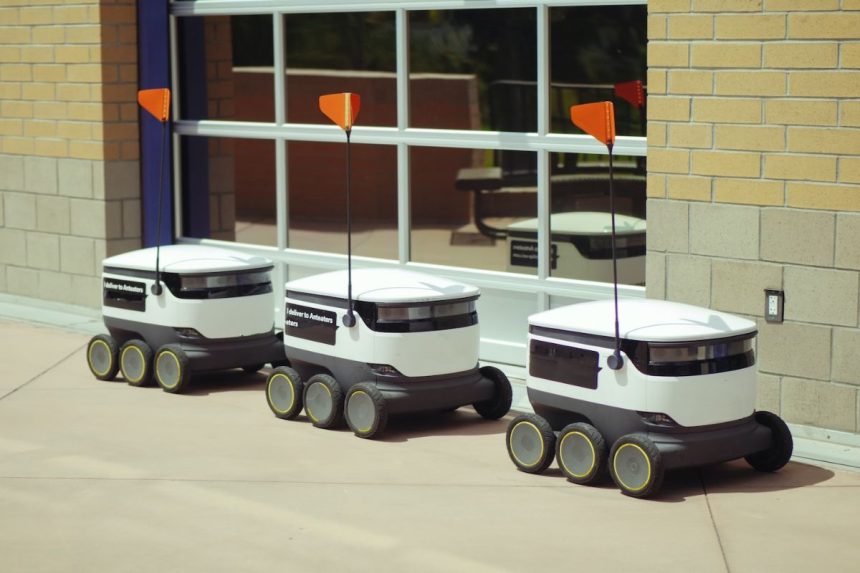Autonomous mobile robots (AMR) are more frequently used in warehouses today than ever before. The motivation behind implementing them in industrial settings offers two core features: saving on labor costs and boost overall efficiency.
Within these motivations, the benefits of industrial robots can offer more than saving on monthly pay roll. Think areas like accident prevention and injury compensation where the costs can extend to more than saving on paying out hourly wage.
Where AMRs could once be used in some particular warehouse settings, the higher level of artificial intelligence offers a more complete tool that can help your team to get the job done with ease.
4 types of AMRs
There are currently 4 main types of Autonomous Mobile Robots available on the market these days. In each available category there can be many different types of models that fall inside, providing many options to suit your business needs.
- Autonomous, or self-driving, forklifts. These days forklifts are programmed to handle complex instructions and to navigate through busy warehouses. Built for repetitive tasks and a capacity for heavy loads, automated forklifts can offer features like navigation lasers which can detect motion and other obstacles for accident prevention.
- Autonomous inventory robots. Inventory robots can save so much time by conducting automated inventory counts according on a pre-determined scheduling basis. Autonomous inventory robots have the capacity to turn 3 months of inventory counts in two hours!
- Bringing goods-to-person. These robots are made to save unnecessary walking time by staff by instead bringing items to them. These AMRs are also built with sensors and can be easily programmed to take specific pathways with little skill needed.
- Automated aerial vehicles. While most people enjoy seeing and operating recreational drones. There are many industrial builds and uses for them which include tracking, mapping, and safety reports.

